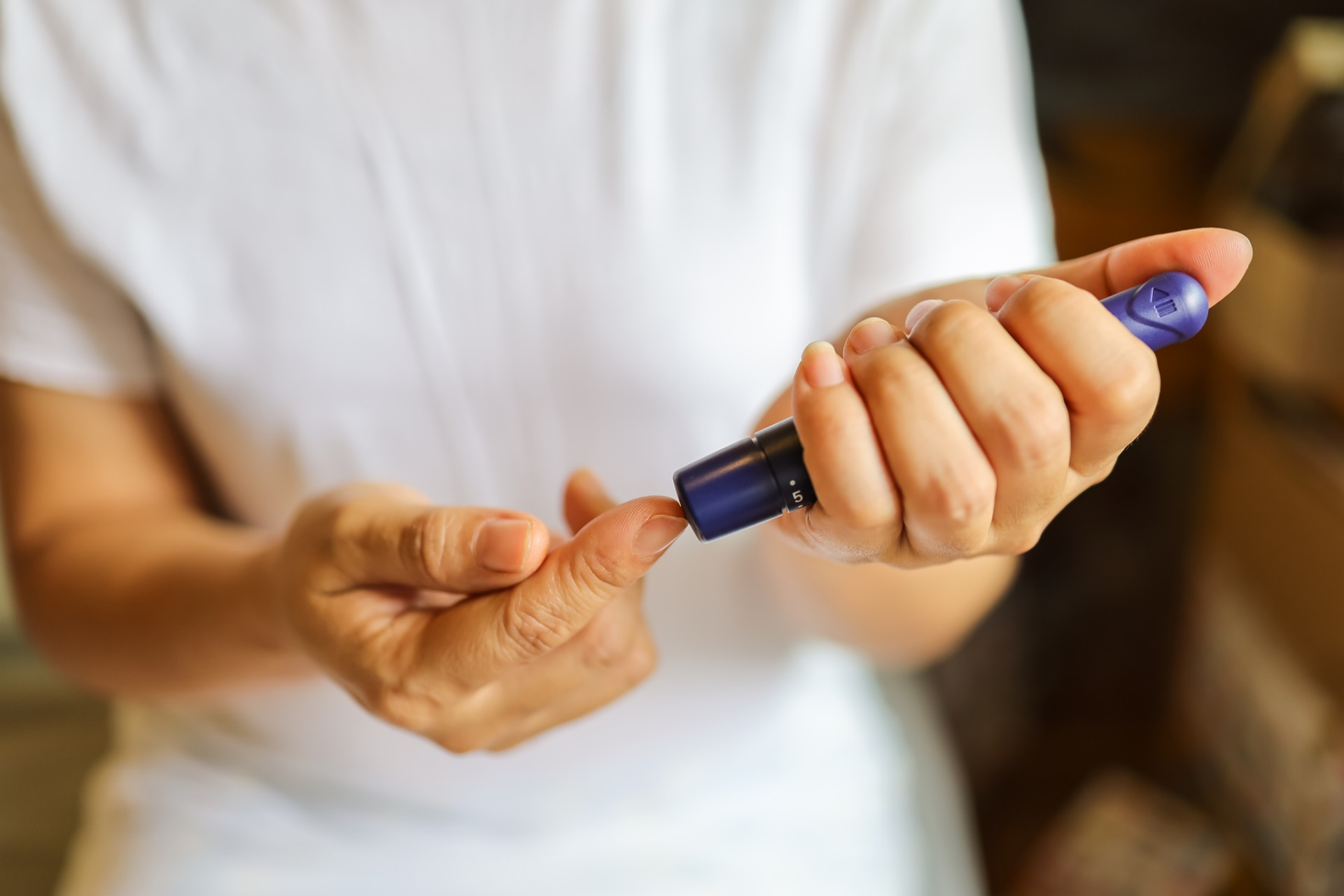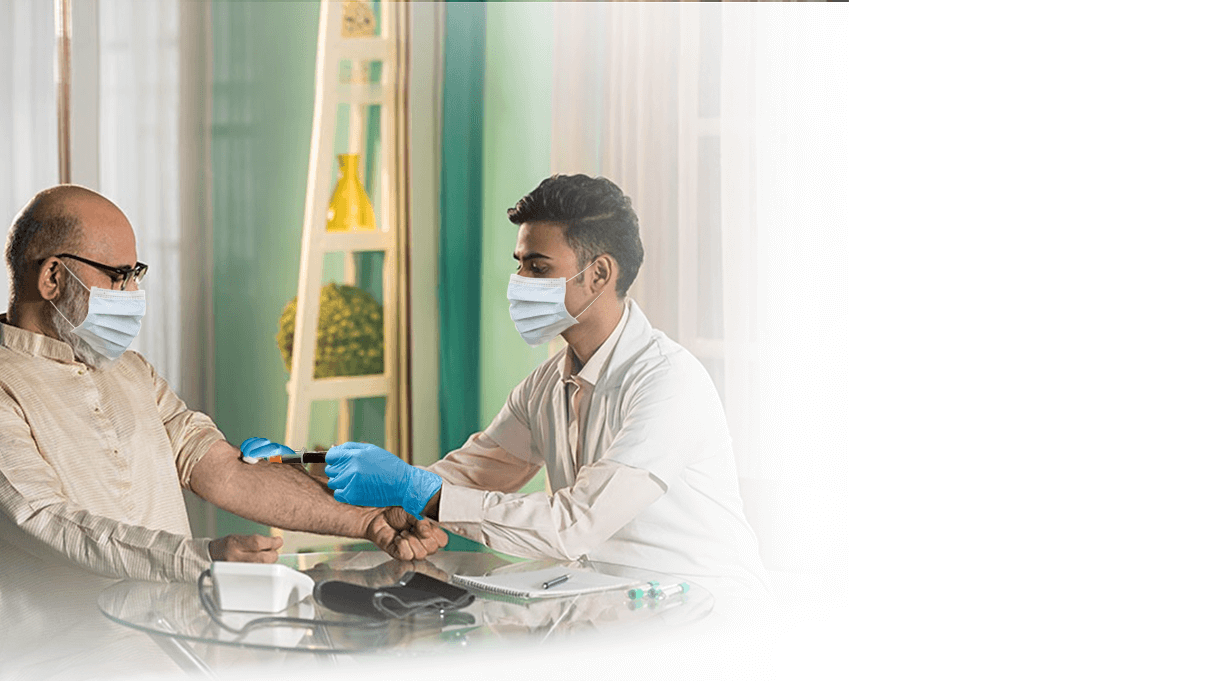The random blood sugar (RBS) test is a critical tool in assessing blood sugar levels at any given time of day, providing a snapshot of glucose levels regardless of food intake. Unlike fasting glucose tests, the RBS test captures real-time blood sugar fluctuations, offering insights into how the body manages glucose throughout the day. This type of test is particularly valuable for patients with diabetes or those at risk, as it helps healthcare providers make immediate assessments of glucose management and detect potential issues.
Why is the Random Blood Sugar Test Important?
The random blood sugar test is a convenient and efficient way to monitor glucose levels throughout the day, especially for individuals who may need immediate results. For those with diabetes, consistent blood sugar monitoring is essential in managing symptoms and avoiding complications. This test can be conducted without preparation and provides immediate feedback on how blood sugar levels fluctuate during regular daily activities.
Key benefits of the RBS test include:
- Convenience: Since it doesn’t require fasting, patients can get tested anytime, making it ideal for emergency checks.
- Immediate detection: Useful in emergencies when a quick assessment of blood sugar levels is needed.
- Routine monitoring: Helps individuals track daily blood sugar fluctuations in response to diet, exercise, and stress.
Random Blood Sugar Test Procedure
The RBS blood test is straightforward and typically requires a blood sample from a vein or a simple finger prick. This sample is then analyzed to measure glucose levels in milligrams per deciliter (mg/dL). Unlike the fasting blood sugar test or oral glucose tolerance test, the RBS test captures blood sugar at any point in time, offering flexibility and ease in regular monitoring.
Healthcare providers may order an RBS test as part of a routine check-up for patients with diabetes or when symptoms such as fatigue, blurred vision, or increased thirst suggest abnormal glucose levels.
Interpreting RBS Test Results
The normal range for a random blood sugar test can vary depending on factors such as age, diet, and individual health conditions. Generally, the normal random glucose level is expected to be between 70 to 140 mg/dL. However, a reading above this range could indicate hyperglycemia, or high blood sugar, which may signal diabetes or another glucose regulation issue.
Here is a breakdown of RBS test result interpretations:
- Normal RBS Level: 70 to 140 mg/dL
- Pre-diabetes Range: 140 to 199 mg/dL
- Diabetes Range: 200 mg/dL or higher on multiple occasions
It is important to remember that these ranges can vary slightly based on laboratory standards, and additional tests may be required for an official diagnosis.
What High Random Blood Sugar Levels Could Indicate?
An elevated random blood sugar level may be a sign of several underlying health issues, particularly diabetes. When glucose levels remain high over time, it can damage blood vessels, nerves, and organs, leading to serious complications.
-
Diabetes mellitus
High random glucose levels, especially if consistently above 200 mg/dL, are a strong indicator of diabetes mellitus. In individuals with diabetes, the body struggles to effectively use or produce insulin, resulting in persistently high blood sugar levels. Increased thirst, frequent urination, fatigue, and blurred vision are common symptoms associated with high blood sugar.
-
Stress-induced hyperglycemia
Sometimes, high random glucose levels can result from stress, illness, or trauma, rather than chronic diabetes. During periods of acute stress, the body releases stress hormones like cortisol, which can temporarily elevate blood sugar levels.
Elevated blood sugar due to stress is usually temporary but may still warrant lifestyle adjustments and further monitoring.
-
Endocrine disorders
Certain endocrine disorders, such as Cushing’s syndrome or hyperthyroidism, can disrupt glucose metabolism and cause high blood sugar levels. These disorders affect hormone levels, which in turn impact insulin sensitivity and glucose management. Depending on the endocrine disorder, symptoms may include weight gain, fatigue, and changes in blood pressure.
What Low Random Blood Sugar Levels Could Indicate?
While high blood sugar tends to be more common in glucose management concerns, low random blood sugar levels, or hypoglycemia, can also be problematic. Low blood sugar can have severe consequences, especially if levels fall below 70 mg/dL.
-
Reactive hypoglycemia
Reactive hypoglycemia occurs when blood sugar drops significantly after meals, usually due to an overproduction of insulin. Individuals with this condition may experience symptoms like dizziness, confusion, and hunger within a few hours of eating. Additional tests, such as an oral glucose tolerance test, may be recommended to confirm this diagnosis.
-
Medication-induced hypoglycemia
For individuals taking insulin or certain medications to manage diabetes, low blood sugar can result from an overdose or improper timing of medication. Patients are advised to monitor their glucose levels regularly and adjust medication as instructed by healthcare providers to prevent hypoglycemia.
Comparing the RBS Test with Other Glucose Monitoring Methods
The RBS test provides a convenient snapshot of glucose levels but may not be sufficient for a complete understanding of blood sugar control, particularly in chronic conditions like diabetes. Below are other glucose tests and how they complement the RBS test:
- Fasting blood sugar (FBS) test: This test measures blood sugar levels after an overnight fast, providing baseline glucose levels without the influence of recent meals. It is commonly used alongside the RBS test to confirm diabetes.
- HbA1c test: This test measures average blood sugar levels over the past two to three months and is useful for long-term glucose control monitoring. It is not influenced by short-term fluctuations, making it more reliable for tracking diabetes management.
- Oral glucose tolerance test (OGTT): Often used in gestational diabetes diagnosis, this test measures blood sugar levels before and after a glucose-rich drink. The OGTT helps determine how well the body manages glucose over time.
Each of these tests serves different purposes, and healthcare providers often use them in combination to obtain a comprehensive view of a patient's glucose control.


